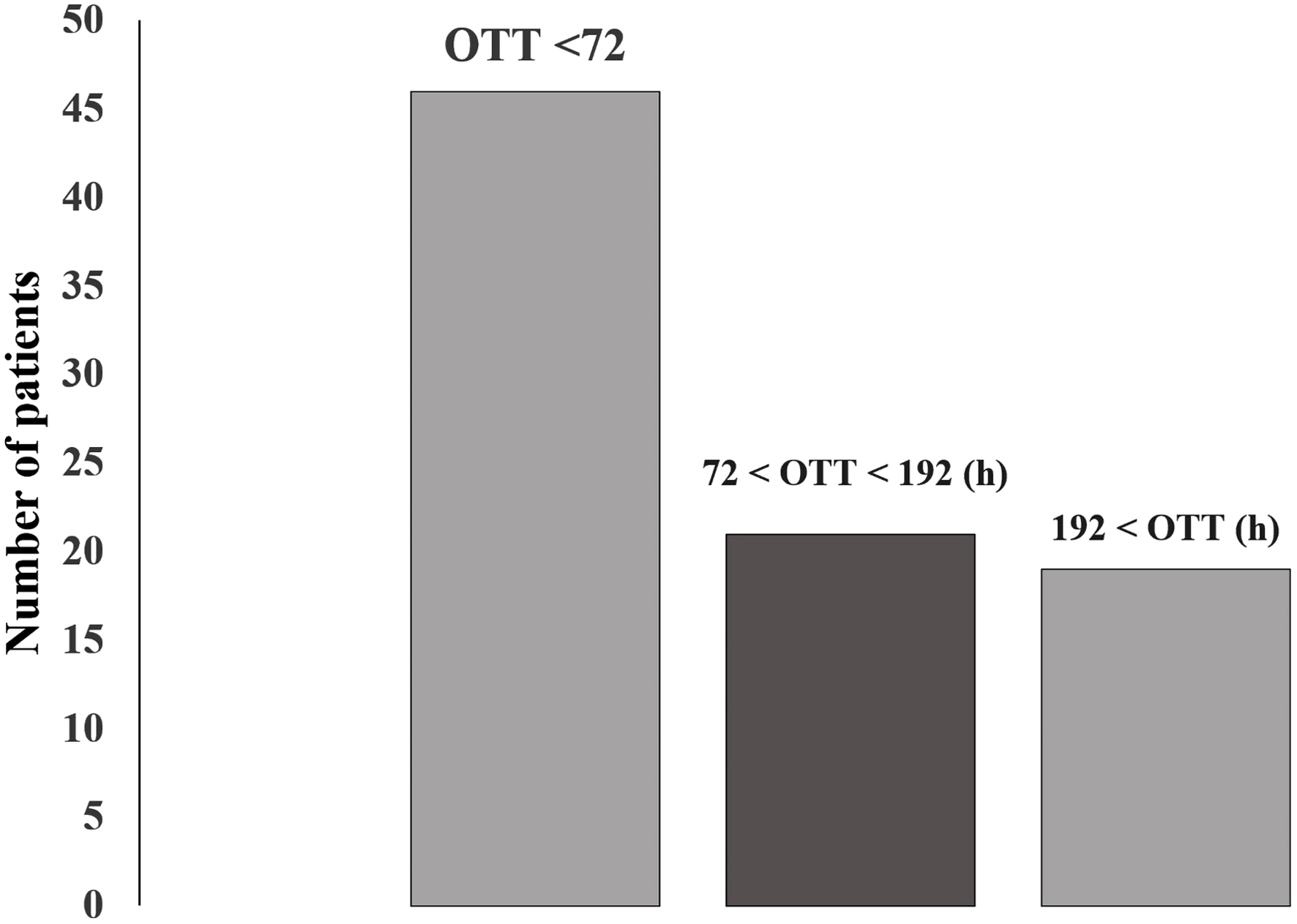
Figure 1. Distribution of patients according to onset-to-treatment time (OTT).
| Journal of Neurology Research, ISSN 1923-2845 print, 1923-2853 online, Open Access |
| Article copyright, the authors; Journal compilation copyright, J Neurol Res and Elmer Press Inc |
| Journal website https://www.neurores.org |
Original Article
Volume 14, Number 2, August 2024, pages 68-73
Prevalence, Clinical Profile and Influence of Onset-to-Treatment Time for Subarachnoid Hemorrhage on Quality of Life in Patients: A Retrospective Study of a Decade
Figure

Tables
| Number of patients | % | |
|---|---|---|
| Sex | ||
| Male | 24 | 27.91 |
| Female | 62 | 72.09 |
| Age range | ||
| 30 - 39 | 4 | 4.65 |
| 40 - 49 | 7 | 8.13 |
| 50 - 59 | 25 | 29.06 |
| 60 - 69 | 28 | 32.55 |
| 70 - 79 | 11 | 12.79 |
| 80 - 89 | 8 | 9.30 |
| ≥ 90 | 1 | 1.16 |
| No information | 2 | 2.32 |
| Ethnicity | ||
| White | 32 | 37.20 |
| Mixed ethnicity | 22 | 25.51 |
| Asian | 3 | 3.48 |
| Black | 9 | 10.46 |
| No information | 20 | 23.25 |
| Compromised artery/region | Number of patients | % |
|---|---|---|
| SAH: subarachnoid hemorrhage. | ||
| Middle cerebral | 34 | 36.17 |
| Posterior communicating | 24 | 25.53 |
| Anterior communicating | 16 | 18.08 |
| Internal carotid | 7 | 7.44 |
| Ophthalmic | 7 | 7.44 |
| Posterior circulation | 6 | 6.39 |
| Modified Rankin Scale levels | Number of patients | % |
|---|---|---|
| 0 (no symptoms) | 38 | 44.18 |
| 1 (no significant disability) | 21 | 24.41 |
| 2 (mild disability) | 3 | 3.48 |
| 3 (moderate disability) | 2 | 2.32 |
| 4 (moderately severe disability) | 3 | 3.48 |
| 5 (severe disability) | 3 | 3.48 |
| 6 (death) | 16 | 18.06 |